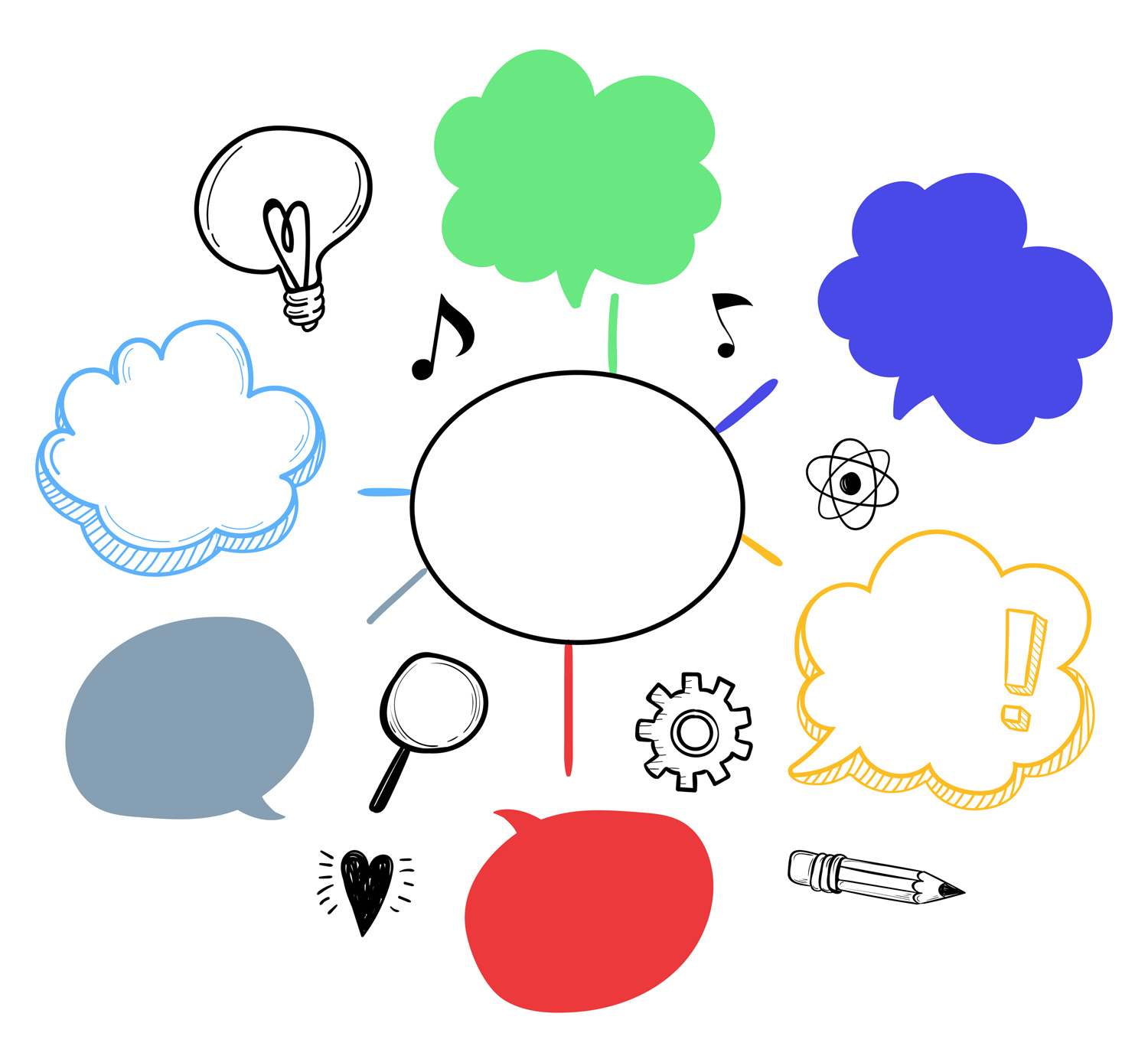Brainstorming: A Creativity Technique for Generating Ideas and Solutions
Brainstorming is one of the most widely used creativity techniques, especially in group settings, to generate new ideas or solutions to a specific problem or task. It involves a collaborative process where a diverse group of people—typically 5-10 individuals from various disciplines—shares their ideas spontaneously, without any initial judgment or criticism.
Key Features of Brainstorming:
-
Group Composition: It’s best to have a group that isn’t homogenous, meaning participants should come from different fields or areas of expertise. This diversity fosters fresh perspectives and can lead to more innovative ideas.
-
Free Flow of Ideas: In the first phase of brainstorming, participants express their thoughts freely, and criticism is not allowed. The goal is to create a large pool of ideas, suggestions, and concepts that can later be refined.
-
Recording Ideas: Every idea, suggestion, or thought is recorded, usually on a board or notepad, ensuring that no idea is overlooked and that participants can build upon each other’s input.
-
Idea Evaluation: After about 30 minutes of brainstorming, the group typically takes a short break before the second phase. In this phase, the ideas are grouped thematically, discussed, and evaluated for their feasibility and potential.
-
Improvement Over Time: With practice, teams tend to refine their brainstorming skills, generating more and higher-quality ideas.
Practical Applications of Brainstorming
Brainstorming has been successfully applied in various industries, including the automotive industry, where it has led to significant technical and organizational innovations. By encouraging a free flow of ideas without immediate criticism, teams can discover groundbreaking solutions.
Benefits of Brainstorming:
-
Fosters creativity: Encourages the generation of novel ideas.
-
Promotes collaboration: Brings together diverse minds to solve a common problem.
-
Enhances innovation: Helps teams develop new approaches and solutions.
-
Improves problem-solving: By combining various perspectives, brainstorming can lead to more effective solutions.






![15 Employee Offboarding Templates That Save Hours of HR Time [Free Downloads] 15 Employee Offboarding Templates That Save Hours of HR Time [Free Downloads]](https://i1.wp.com/www.hrcloud.com/hubfs/Header.png?w=150&resize=150,100&ssl=1)
